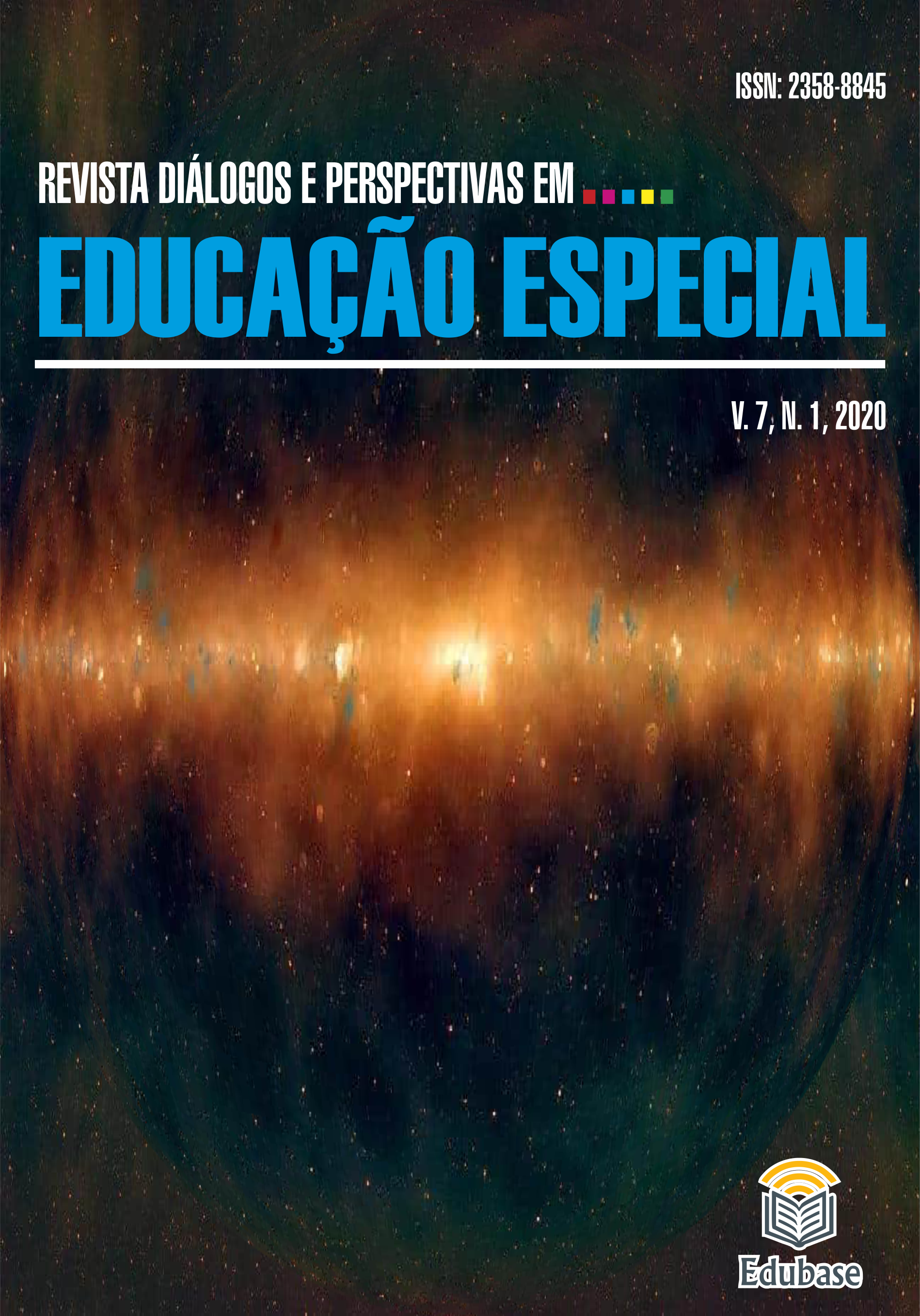The relationship between playing and the motor and communicable aspects of children with cerebral paralysis
DOI:
https://doi.org/10.36311/2358-8845.2020.v7n1.p133Keywords:
Occupational therapy, Sensory-Motor Development, Cerebral Palsy, Special educationAbstract
Cerebral Palsy (PC) can cause difficulty in playing actions due to restricted opportunities, routine therapies, architectural barriers, inexperience in playing with peers, difficulty in cognitive development and difficulty expressing their emotions. The aim of this study was to identify the relationship between playing the gross, manual and communicative motor skills of children with CP. Seven children with a diagnosis of PC with an average age of 4 years and their respective caregivers participated in the study. In order to collect data, the model was used to evaluate the Gross Motor Function Measurement Classification System (GMFCS), Manual Ability Classification System (MACS), Mini-Manual Ability Classification System for children with cerebral palsy (Mini-MACS) of Communication Function Classification (CFCS). To analyze the results, we used the IBM SPSS Statistics, version 22 software to perform the statistical analysis of the study, using the Pearson Correlation Coefficient. The results of this study showed that the higher the level of motor impairment, the lower was the score presented in the ACL, demonstrating that there is impairment in playing. It is concluded that the Playful Model is an evaluation that allows the child to build the profile of the child's abilities, interests and personal characteristics, allowing the professional to draw up the treatment plan according to the real needs of the child and those responsible. It is suggested that further studies be carried out in order to increase the number of participants, as well as propose an intervention program, focused on the difficulties identified in the standardized evaluations.
Downloads
Downloads
Published
Issue
Section
License
Copyright (c) 2020 REVISTA DIÁLOGOS E PERSPECTIVAS EM EDUCAÇÃO ESPECIAL

This work is licensed under a Creative Commons Attribution 4.0 International License.
- The works published in RDPEE are the sole responsibility of their authors. The authors grant the journal the right of first publication, with the work simultaneously licensed under the Attribution-CC BY, which allows distribution, remixing, adaptation and creation from the work with recognition of the authorship and initial publication in this journal.
- The authors consent that their articles may be incorporated by RDPEE into indexers and databases that currently exist or may exist in the future; the owners of these databases may reproduce, transmit and distribute the texts, in whole or in part, in any form or means of electronic transmission that exists or may be developed in the future.
Qualis Capes (2017-2020)
Education: B1




